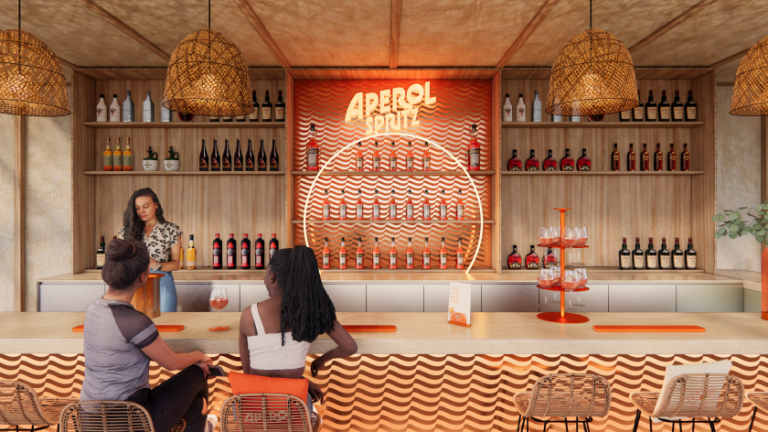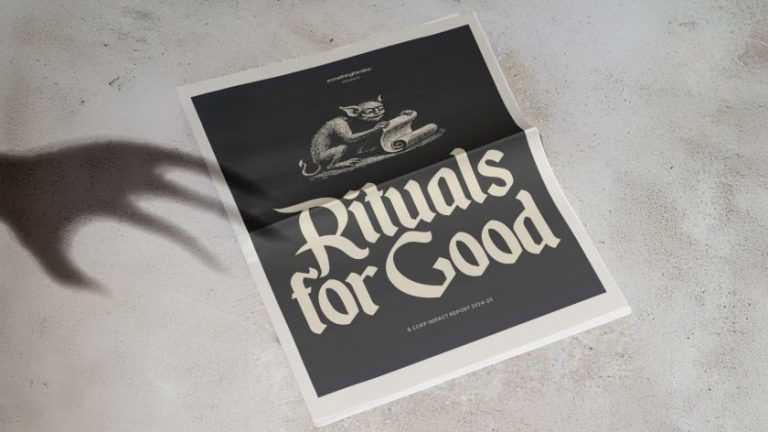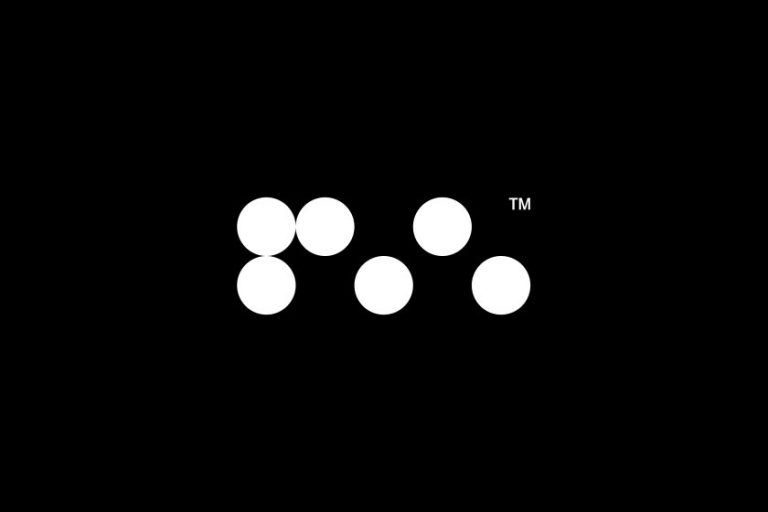This revolutionary motion graphics tool is reshaping global design. Discover Cavalry, and find out what it can do for you.
When a small team of animators in Manchester decided to build their own motion graphics software, they weren’t just solving their personal workflow frustrations; they were quietly crafting what would become the breakout creative tool of 2025.
Founded in the UK by industry veterans at one of the UK’s first motion studios, Mainframe, who understood the common pain points of designers, Cavalry has evolved from an ambitious side project into a tool that’s reshaping global design.
The project emerged from a simple premise: what if motion graphics software was built specifically for the way modern designers actually work?
A procedural revolution
The most radical thing about Cavalry is its procedural, non-destructive workflow. Unlike traditional layer-based software, Cavalry treats every element as part of an interconnected web of relationships. And this, in turn, makes it ideal for creating design systems.
In traditional software, creating variations means having to make lots of painstaking manual adjustments. Cavalry’s procedural nature, though, means you can build intelligent templates that can generate endless variations, while keeping branding coherent and consistent.
Crucially, Cavalry’s non-destructive workflow means that no creative decision is ever final, allowing you to experiment freely and try different directions, knowing you can always return to previous states if they don’t work out.
Taking the headache out of Plugins
Another big win for Cavalry is how it works out of the box. Because let’s be honest, a lot of motion graphics software these days is highly reliant on third-party plugins.
Whilst developers and creative technologists can create plugins and scripts for Cavalry via the JavaScript APIs, the team has tried to integrate a vast range of traditionally expensive and difficult-to-manage plugins directly into the app. Character animation tools, physics simulations, and advanced procedural generators —these and more are all native.
If you’re tired of managing plugin licences, compatibility issues and fragmented workflows, then here’s an all-inclusive approach that simply works.
Why it’s taking off
First time you’ve heard of Cavalry? We’re not surprised. It’s only really in the last year that it’s taken off globally and now counts Apple, Canva, Google, Nike, OpenAI, and Buck amongst its Pro subscribers.
Importantly, this growth hasn’t been driven by aggressive marketing campaigns. Instead, the team has focused on, you know, making the product good, and spreading the word by sponsoring design events, conferences, and workshops. That way, they’ve been able to put Cavalry directly into the hands of designers.
The result is a user base that’s genuinely enthusiastic about the software and keen to tell their friends and colleagues about it.
And here’s another thing. One of Cavalry’s most surprising success stories has been its adoption for static design work.
Branding agencies like Pentagram and Studio Dumbar were some of the earliest and most enthusiastic adopters, and artists like Joyce Ho continue to demonstrate the utility of this tool in generating complex graphics that would be extremely time-consuming in traditional illustration software.
Community pride and studio recognition
In one sense, it’s not so surprising that word of mouth has been so strong as studios have begun wearing their use of Cavalry as a badge of honour, prominently crediting it in talks, presentations and case studies.
Take this case study by data-visualisation studio Algo, which highlights how Cavalry helped them achieve creative solutions that wouldn’t have been possible with traditional tools. And they’re by no means alone.
Generally, the studios that embraced Cavalry are the types that see themselves as forward-thinking, systematic and technically sophisticated. And their use of Cavalry has quickly become a proud part of their identity.
What’s next for Cavalry?
If all this wasn’t enticing enough, there’s even more to come. Cavalry’s upcoming Web Player feature promises to fundamentally change how motion graphics are delivered and consumed. This clever tech will allow Cavalry scene files to play back and adapt directly within web browsers, eliminating the traditional gap between creation and deployment. And we can’t wait to see it in action.
We can’t overstate this: we’re basically looking at the holy grail of scalable design. A single Cavalry file could generate countless variations, each perfectly optimised for its specific context, all the while staying bang-on-brand. This should make Cavalry the go-to tool for building adaptable templates and generative branding design systems.
Perfect timing
Cavalry couldn’t have come along at a better time. The way visual communication works in our culture is changing fast. Audiences now want personalisation and real-time relevance, which means brands need systems, not just lots of individual assets.
By building software that meets this need, Cavalry’s team has created something both useful and revolutionary. Its procedural, non-destructive workflow isn’t just a technical achievement; it’s the foundation for an entirely new approach to systematic creative work.
The secret weapon is becoming the standard, and 2025 has just been the beginning.










